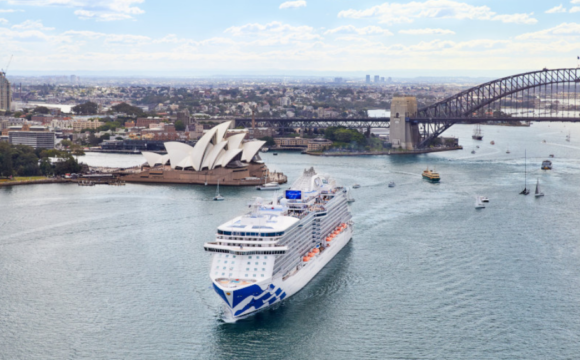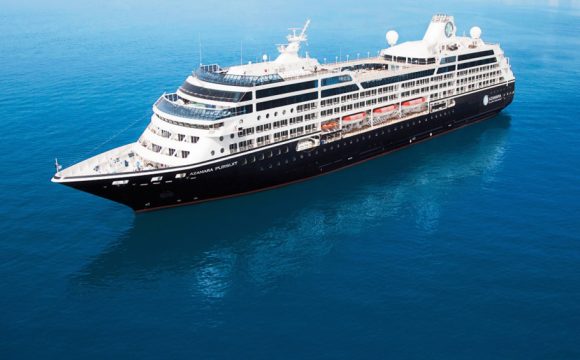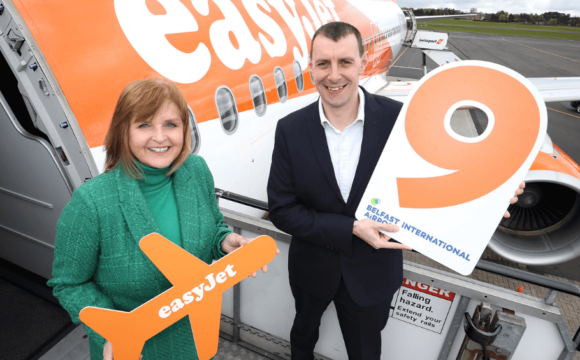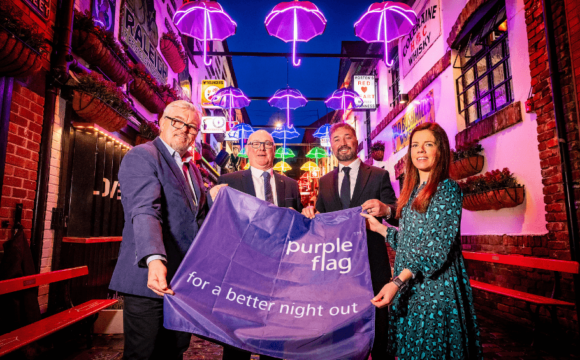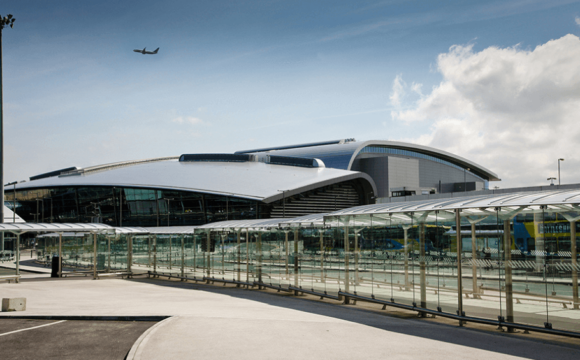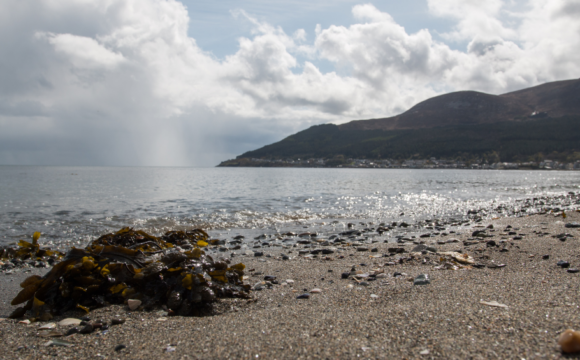If you have any symptoms of coronavirus you should self-isolate at home and arrange to have a test to see if you have COVID-19.
If anyone in your household has symptoms of coronavirus you should self-isolate.
Social distancing
The risk of transmission increases the closer you are to another person with coronavirus and the longer you spend in close contact. Wherever possible and practical, you should:
- keep 2 metres away from people outside your household
- minimise the time you spend near other people
Hand washing
Washing your hands is one of the most effective ways to reduce the risk of coronavirus transmission.
You should:
- wash your hands regularly with soap and water for at least 20 seconds, particularly after touching surfaces, for example luggage trolley handles, self-service check-in and security trays
- use hand sanitiser if hand washing facilities are not available
- be aware of the surfaces you touch
- be careful not to touch your face, mouth or eyes
- cover your mouth and nose with a tissue or your elbow when coughing or sneezing
Face coverings
- If you can, you should wear a face covering in airports and onboard aircraft. Some people may not be able to wear a face covering. For example, children under the age of 3, people with breathing difficulties and people whose disabilities makes it difficult for them to wear a face covering.
- You should bring your own face covering for use throughout your journey. Bring spare face coverings for longer journeys and plastic bags to store used face coverings.
- You should remove your face covering if asked to do so by police, border control or airport security for the purposes of identification.
- It is important to use face coverings properly. Wash your hands before putting them on and after taking them off. Store face coverings hygienically when not in use.
- Check your airline’s requirements before you travel. If you don’t have a face covering some airlines may stop you from boarding, if wearing a face covering is part of their conditions of carriage.
- Some international destinations may require different face coverings or masks to the UK.
- The Welsh Government has its own face covering guidance.
Before you fly
- Before booking a flight, understand the public health requirements of your destination country, restrictions on re-entering the UK and read the following guidance
- Essential international travel guidance
- Foreign travel advice for each country
- Check guidance for British citizens travelling abroad
- Where possible, your airline will inform you on measures to minimise transmission of coronavirus.
- In line with other medical conditions, airlines have the right to refuse travel to anyone they believe is not fit to fly.
Online check-in
- Where possible, check-in online to avoid face-to-face contact at the airport.
- You are strongly encouraged to check in baggage to the aircraft hold and minimise any hand baggage. This will speed up boarding and disembarking and minimise the risk of transmission.
- Follow the safer travel guidance during your journey to the airport.
Arriving at the airport
- Enter the airport on your own, unless you are flying with members of your household. Non-passengers should only enter the airport where needed. For example, accompanying or picking up a passenger requiring assistance, such as a disabled person or an unaccompanied child.
- Treat staff and other passengers with respect.
Follow instructions from airport and airline staff, which may include:
- where to sit
- how to queue at check-in, security or when boarding the aircraft
- instructions on screens, barriers or floor markings
- requests to move to less busy areas
At check-in
- Where possible, avoid touching surfaces in the airport. Wash your hands for at least 20 seconds after using self-service check-in, luggage trollies and other frequently touched surfaces.
- Depending on the airport you fly from and where you are flying to, you may need to have your temperature checked before flying.
At the security checkpoint
- Follow advice in the airport to prepare for security checks.
- At the departure lounge/ terminal airside area/ arrival areas
- Avoid walking around the airport and mixing with people that you do not normally meet.
- In shops at the airport, follow social distancing measures and, where possible, pay by contactless card.
On board the aircraft
The UK has a wide range of aircraft flying to many different international and domestic destinations. Measures to control coronavirus transmission will depend on:
- the technical features of your aircraft
- any specific requirements of your destination
- the individual risk controls identified by your airline
Your airline will advise you on measures in place for your flight.
During the flight, you should:
- remain seated as much as possible
- follow instructions and guidance from crew
- use contactless payment where possible
- be aware there is likely to be a reduced food and drink service
- make the cabin crew aware if you become ill
On arrival in the UK
On arriving in the UK, you must comply with border, immigration and self-isolation requirements. If you are entering the UK from outside the Common Travel Area (CTA) you will need to:
- provide journey and contact details before travelling to the UK
- self-isolate
These measures apply to anyone entering the UK, regardless of nationality or length of trip. There are specific exemptions in place.
Leave the airport as quickly as possible. Access to the terminal is limited to passengers, crew members and staff.
Non-passengers should only enter the airport where needed. For example, accompanying or picking up a passenger requiring assistance, such as a disabled person or an unaccompanied child.


